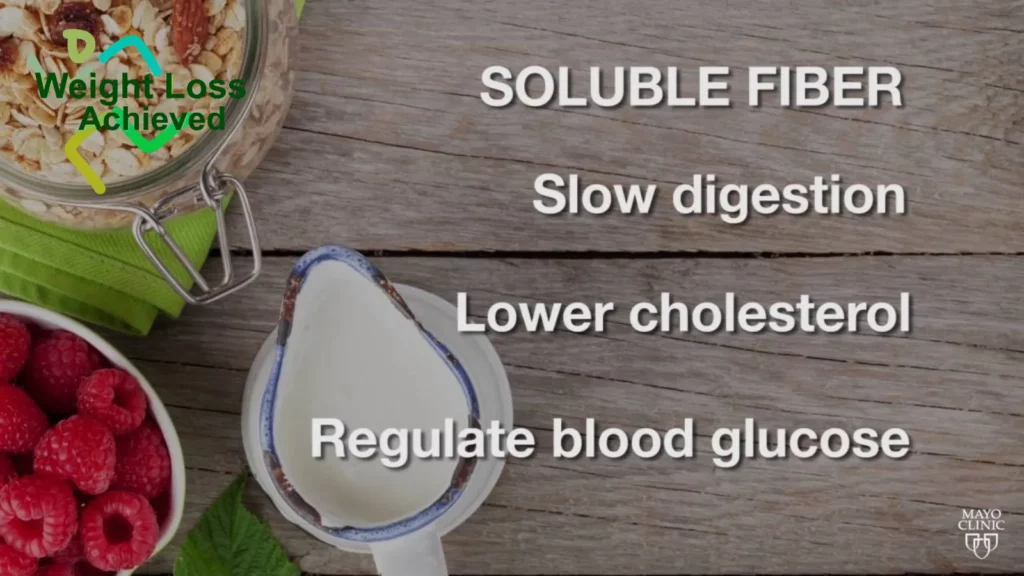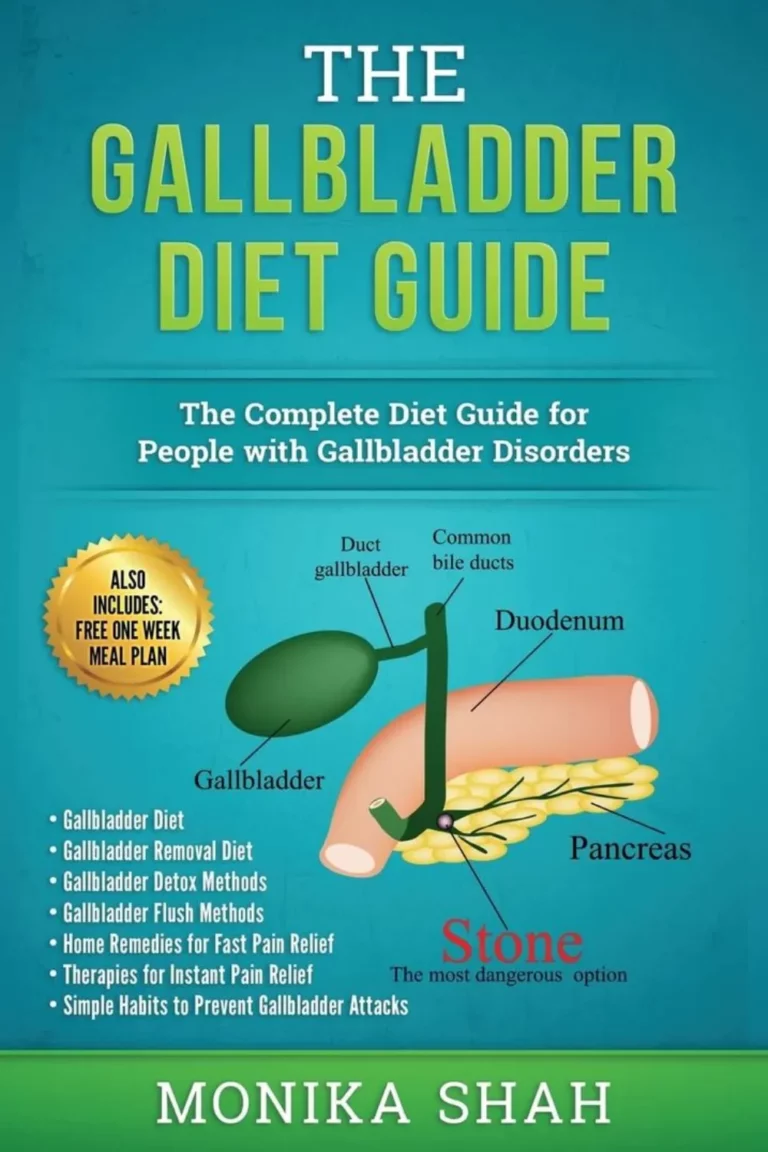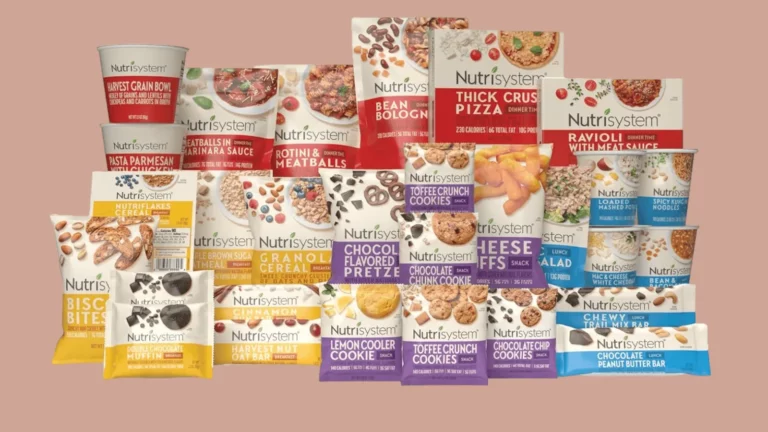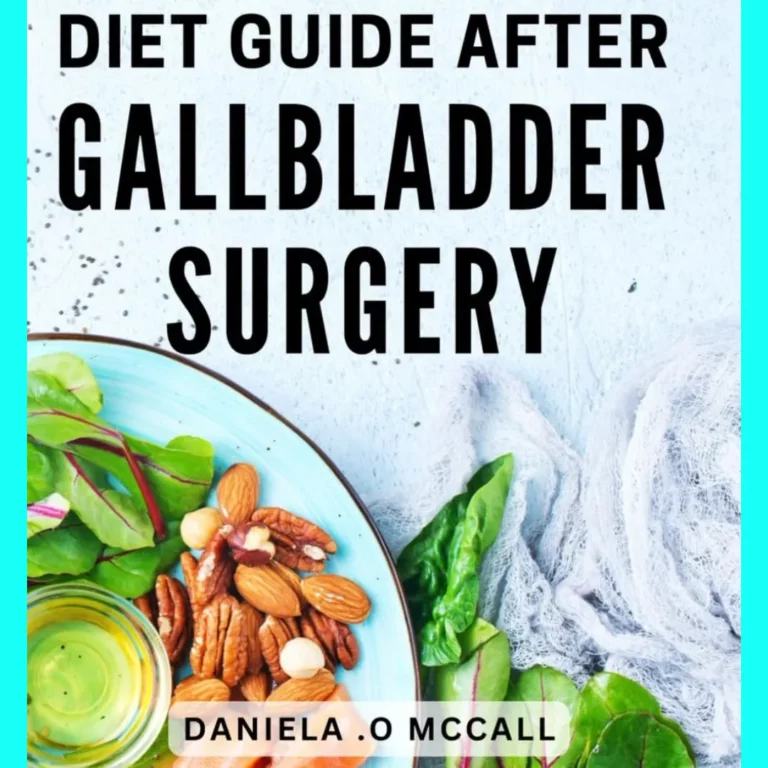Table of Contents
Importance of a healthy diet & Good For You High in Fiber Food
In today’s fast-paced society, the importance of maintaining a healthy diet is often overlooked.
However, the food we consume plays a crucial role in our overall well-being and can have a significant impact on our physical and mental health.
One component of a balanced and nutritious diet is fiber, a type of carbohydrate that is essential for the proper functioning of our digestive system.
While it may not receive as much attention as other nutrients, fiber is a critical dietary component that promotes satiety, aids in weight management, and reduces the risk of various chronic diseases.
In this article, we will explore the benefits of incorporating high-fiber foods into your diet and highlight some of the top fiber-rich foods that are not only good for you but also delicious.
By the end of this article, you will have a better understanding of the importance of fiber and be equipped with practical tips to increase your fiber intake for a healthier and happier you.
Whole grains: A fiber powerhouse.
High fiber foods, such as whole grains, are known to be a powerhouse when it comes to promoting overall health and well-being.
These nutrient-dense foods are packed with essential vitamins, minerals, and most importantly, fiber.
Whole grains are a type of complex carbohydrate that contains all three parts of the grain – the bran, germ, and endosperm.
This means that they are a rich source of fiber, as well as other important nutrients like protein, healthy fats, and antioxidants.
Incorporating whole grains into your diet is an effective way to increase your fiber intake, which has numerous health benefits.
Fiber is an essential nutrient that plays a crucial role in our digestive system and overall health.
It helps regulate bowel movements, maintain a healthy gut microbiome, and keeps us feeling full and satisfied after meals.
Furthermore, high fiber foods like whole grains can aid in weight management by promoting satiety and reducing the risk of overeating.
Studies have also shown that a diet high in fiber can improve blood sugar control and lower the risk of chronic diseases such as heart disease, diabetes, and certain types of cancer.
With all these benefits, it’s clear that whole grains are an important addition to a healthy high fiber foods.
Legumes: The ultimate fiber boost.
In addition to whole grains, another group of foods that are high in fiber and offer a range of health benefits are legumes.
Legumes, such as beans, peas, and lentils, are packed with soluble and insoluble fiber, making them the ultimate fiber boost for your diet.
Soluble fiber helps to lower cholesterol levels and regulate blood sugar, while insoluble fiber promotes regularity and a healthy digestive system.
Not only are legumes high in fiber, but they also provide a good source of plant-based protein, making them a great option for vegetarians and vegans.
They are also low in fat and contain a variety of important vitamins and minerals, including iron, potassium, and folate.
Incorporating legumes into your meals can help you reach your daily fiber intake goals and contribute to a well-rounded and healthy diet.
So for a fiber boost that also offers a range of other nutritional benefits, be sure to include legumes as part of your high fiber foods.
Berries: Antioxidant-rich and fiber-packed.
When it comes to high fiber foods, berries should not be overlooked.
These small but mighty fruits are packed with antioxidants and fiber, making them a nutritious addition to any diet.
Antioxidants are compounds that help protect our cells from damage caused by free radicals, which are unstable molecules that can contribute to chronic diseases like cancer and heart disease.
Berries are known to be high in antioxidants, specifically polyphenols, which have been linked to a reduced risk of inflammation and chronic diseases.
Additionally, berries are a great source of fiber, providing both soluble and insoluble types.
Soluble fiber helps lower cholesterol and regulate blood sugar levels while insoluble fiber promotes regularity and a healthy digestive system.
Including a variety of berries in your diet can help boost your antioxidant intake and support a healthy digestive system.
Avocado: Creamy and fiber-filled goodness.
In addition to berries, another food high in fiber that’s good for you is avocado.
This creamy and versatile fruit is not only delicious, but also packed with nutrients that can support your overall health.
With about 10 grams of fiber per cup, avocados are considered one of the healthiest high fiber foods available.
Not only does avocado contain a significant amount of fiber, but it also contains healthy fats and essential vitamins and minerals.
These include potassium, vitamin K, and folate, which are important for maintaining a healthy heart and immune system.
Additionally, the high fiber content in avocados can aid in weight management by promoting satiety and regulating blood sugar levels.
Whether it’s spread on toast, blended into a smoothie, or used as a topping for salads, incorporating avocado into your diet is an easy and delicious way to increase your intake of high fiber foods and reap the numerous health benefits they offer.
Chia seeds: Tiny fiber superheroes.
Another high fiber food that packs a powerful punch is the tiny but mighty chia seed.
These fiber superheroes may be small, but they are jam-packed with essential nutrients and health benefits.
Chia seeds are not only a great source of fiber, but also contain protein, omega-3 fatty acids, and antioxidants.
Incorporating chia seeds into your diet can help improve digestion, lower cholesterol levels, and promote heart health.
These tiny seeds are also incredibly versatile and can easily be added to smoothies, salads, or used as a topping for yogurt or oatmeal.
With all these benefits, it’s no wonder that chia seeds are considered one of the healthiest high fiber foods available.
Don’t underestimate the power of these tiny fiber superheroes and make sure to include them in your diet for a healthy boost.
Broccoli: Nutrient-dense and fiber-rich.
Another food that is both nutrient-dense and high in fiber is broccoli.
This green vegetable is packed with essential vitamins and minerals, including vitamin C, vitamin K, and folate.
In fact, one cup of cooked broccoli contains more than 20% of the recommended daily intake of fiber.
This makes it a great choice for those looking to increase their fiber intake and improve their overall health.
The high fiber content in broccoli also offers numerous health benefits.
Fiber helps regulate digestion, prevent constipation, and keep you feeling full for longer, making it a great option for weight management.
Additionally, the fiber in broccoli can aid in lowering cholesterol levels and reducing the risk of heart disease.
With its many health benefits and versatility in cooking, broccoli is a top choice for those looking to incorporate more high fiber foods into their diet and maintain a healthy lifestyle.
Quinoa: A versatile fiber source.
Another high fiber food that offers numerous health benefits is quinoa.
This versatile grain is not only a great source of fiber, but also contains all nine essential amino acids, making it a complete protein.
This makes it a great option for vegetarians and vegans looking to increase their protein intake.
Additionally, quinoa is gluten-free and has a low glycemic index, making it a suitable choice for those with gluten sensitivity or diabetes.
In terms of its fiber content, just one cup of cooked quinoa provides 5 grams of fiber, which is about 20% of the recommended daily intake.
This high fiber content can help improve digestion, prevent constipation, and promote feelings of fullness, making it a useful tool for weight management.
Furthermore, the soluble fiber in quinoa can help lower cholesterol levels and reduce the risk of heart disease.
With its versatility and impressive nutritional profile, quinoa is definitely a healthy high fiber food that deserves a spot in your diet.
Lentils: Protein-packed and fiber-loaded.
Lentils are another high fiber food that packs a powerful protein punch.
These small yet mighty legumes are a staple in many vegetarian and vegan diets, as they provide a complete source of plant-based protein.
Just one cup of cooked lentils contains about 18 grams of protein, making it an excellent choice for those looking to increase their protein intake while following a plant-based diet.
Aside from their protein content, lentils are also loaded with fiber.
In fact, just one cup of cooked lentils provides about 16 grams of fiber, which is over half of the recommended daily intake for adults.
This high fiber content not only aids in digestion, but it also helps to keep you feeling full and satisfied for longer periods of time.
Additionally, the fiber in lentils can help to lower cholesterol levels and reduce the risk of heart disease, making them a heart-healthy choice among high fiber foods.
Incorporating lentils into your diet is a delicious and nutritious way to reap the benefits of both protein and fiber.
Apples: Crunchy fiber bombs.
Apples are a staple in many diets and are often praised for their sweet and refreshing taste.
However, what many people may not realize is that apples are also high fiber foods that offer numerous health benefits.
These crunchy fiber bombs are not only delicious, but also provide a significant amount of dietary fiber, which is essential for maintaining a healthy digestive system.
Apples contain both soluble and insoluble fiber, making them a well-rounded source of this important nutrient.
Fiber is known for its ability to promote feelings of fullness, making apples an excellent snack option for those trying to manage their weight.
In addition, the high fiber content in apples can help regulate blood sugar levels, making them a great choice for individuals with diabetes.
Furthermore, the fiber in apples can also aid in reducing cholesterol levels and improving heart health.
With so many benefits and a satisfying crunch, it’s no wonder apples are considered one of the healthiest high fiber foods available.
Incorporating this fruit into your diet can help you meet your daily fiber needs while also satisfying your taste buds.
Nuts and seeds: Fiber-packed snacks.
In addition to apples, another great option for high fiber foods are nuts and seeds.
These small but mighty snacks are packed with fiber, making them a healthy choice for anyone looking to increase their daily fiber intake.
Not only do nuts and seeds provide a satisfying crunch, they also offer numerous health benefits.
They can aid in digestion, promote weight loss, and improve heart health by lowering cholesterol levels.
Plus, they are a convenient and portable snack option, making it easy to incorporate them into a busy lifestyle.
Some top choices for healthy high fiber foods include almonds, walnuts, chia seeds, and flaxseeds.
So next time you’re in need of a quick and nutritious snack, reach for a handful of nuts or seeds for a fiber-packed boost.
In conclusion, incorporating high-fiber foods into your daily diet is a simple and effective way to improve your overall health.
Not only do these foods provide numerous nutritional benefits, but they also aid in digestion, help maintain a healthy weight, and reduce the risk of chronic diseases.
By making an effort to include more fiber-rich options in your meals and snacks, you can easily increase your fiber intake and reap the many benefits it has to offer.
So let’s make a conscious effort to choose foods that are high in fiber and take a step towards a healthier lifestyle.
FAQ
What are some examples of food high in fiber that are also good for our overall health?
Some examples of high-fiber foods that are also beneficial for overall health include fruits such as raspberries, apples, and pears; vegetables like broccoli, Brussels sprouts, and carrots; whole grains such as oats, quinoa, and brown rice; legumes like lentils, chickpeas, and black beans; and nuts and seeds like chia seeds, flaxseeds, and almonds.
Consuming these fiber-rich foods can help improve digestion, regulate blood sugar levels, lower cholesterol, and promote a healthy weight.
How does consuming a diet rich in fiber benefit our digestive system?
Consuming a diet rich in fiber benefits our digestive system in several ways.
Firstly, fiber adds bulk to the stool, promoting regular bowel movements and preventing constipation.
It also helps to regulate blood sugar levels by slowing down the absorption of sugar into the bloodstream.
Additionally, fiber acts as a prebiotic, promoting the growth of beneficial gut bacteria, which can improve overall gut health.
Finally, a high-fiber diet can help to lower cholesterol levels by binding to cholesterol in the digestive system and preventing its absorption into the bloodstream.
Overall, a fiber-rich diet is essential for a healthy and efficient digestive system.
Are there any specific fiber-rich foods that can help in weight management or weight loss?
Yes, there are several fiber-rich foods that can aid in weight management or weight loss.
Some examples include fruits and vegetables, whole grains, legumes, and nuts/seeds.
These foods are high in fiber, which helps to promote feelings of fullness and reduce overall calorie intake.
Additionally, fiber can help regulate blood sugar levels and improve digestion.
Incorporating these fiber-rich foods into a balanced diet can support weight management goals.
Can you suggest some delicious and easy-to-make recipes that incorporate high-fiber foods?
Some delicious and easy-to-make recipes that incorporate high-fiber foods include:
- Overnight oats with chia seeds and berries: Mix oats, chia seeds, milk, and a sweetener of your choice in a jar.
- Let it sit overnight, then top with fresh berries for a fiber-rich breakfast.
- Quinoa salad with vegetables: Cook quinoa and toss with chopped veggies like cucumbers, tomatoes, and bell peppers.
- Drizzle with a lemon vinaigrette for a nutritious and high-fiber lunch or side dish.
- Black bean and vegetable stir-fry: Sauté a mix of colorful vegetables like broccoli, bell peppers, and carrots, then add cooked black beans.
- Serve over brown rice for a protein.
Are there any potential side effects or precautions to consider when increasing fiber intake in our diet?
When increasing fiber intake in our diet, there are potential side effects and precautions to consider.
Some people may experience bloating, gas, or an upset stomach initially, but these symptoms usually subside as the body adjusts.
It is important to increase fiber intake gradually and drink plenty of water to avoid digestive issues.
Individuals with certain medical conditions, such as gastrointestinal disorders or a history of intestinal blockage, should consult a healthcare professional before significantly increasing their fiber intake.
It is also important to note that excessive fiber consumption can interfere with the absorption of certain medications, so it is essential to take medications at least two hours before or after consuming high-fiber foods or supplements.







